Fans of The Witcher series and the Gwent card game based on it now have the chance to play Thronebreaker: The Witcher Tales, an isometric single-player RPG that introduces a brand new story campaign in The Witcher universe.
One of the most exciting features of Thronebreaker is its combat that plays out like a match-up in Gwent. However, the card game here has a whole different set of rules than the Gwent we’ve come to know in The Witcher 3.
If you want to know how to play the Gwent combat card game in Thronebreaker the right way, then follow our guide below.
Two Rows Instead of Three
One of the biggest changes in both Thronebreaker and Gwent: Homecoming is the absence of the third row. This change doesn’t affect the gameplay drastically, but your strategy must definitely adjust to the new board.
The third row has been reserved by the developers for siege cards, such as ballistas, catapults and other cards that are weak to rain weather effects. That is why the third row has been called the Siege row.
Now when it has been removed the players are left with only the Melee and Range rows, which isn’t a bad thing at all. First of all, it will reduce the chance of new players misplaying, and secondly, it will prompt players to build less agile and more synergistic decks.
Changes to the Rules
Players can put maximum 9 units per row, and they must be put into their corresponding rows. For example, if you put some close range melee units on the second row, they will not be able to attack enemy cards. So place them accordingly to their abilities and keep melee units to the front row and ranged to the second.
Each round you can draw three additional cards, but there is a limit of 10 cards that you can hold in your hand. So keep this in mind when passing your turns. Otherwise, you might not get the cards from your deck or your graveyard to win the match-up.
You can use your hero’s ability on your units, which in the case of Thronebreaker is Meve, the main protagonist of the game. She has several abilities, which can be changed in the deckbuilding menu prior to any match-up.
Puzzle Battles
Two rows is just a small change in comparison to the true definitive feature of Thronebreaker — the Puzzle Battles. These are special types of match-ups that occur on a map and are indicated by pieces of puzzle.
Each puzzle is different and you have only one round to solve it, but fortunately, you can restart it as many times as you want. Puzzle Battles are hard and require thinking beyond the normal tactics of the Gwent combat.
Drowners Puzzle Solution
For example, in the first map you will find the Drowners puzzle just south of Hawkesburn. This puzzle requires you to beat four drowners with just five cards in hand. The distinct feature of this puzzle is that Drowners should be reduced to an odd number of strength or they will start dealing damage to your units.
Taking this into account, you need to deploy your first unit, Lyrian Arbalest, that would deal damage to a drowner and could survive the attack of other Drowners. Then, using the Crushing Trap you can make all Drowners have equal odd number of strength, and finish them off with the Wagenburg and War Wagon combo.
But again, each puzzle will require a different strategy and there are plenty of puzzles on each map, so you will spend a lot of hours figuring them out.
Creating Units With the Workshop
In Gwent card game you open new cards by purchasing and opening kegs. In Thronebreaker getting new cards for your decks is a much more complicated process. Here’s how you do it:
- First of all, you need to recruit new units by traveling around the map and collecting the flags. Each flag will add a certain amount of units to your small army.
- The next step is to build and upgrade the Workshop using gold and wood as resources.
- The upgraded Workshop will allow you to upgrade tents and Training Grounds, which will let you create new specialty cards out of your raw units.
- When you have unlocked new cards and you have enough recruits, you can craft new cards in the Command Tent and add them to your decks.
Upgrading the Command Tent is very important, because it will also increase the power cap of your decks.
Gold Chests
Another great way to obtain special cards in Thronebreaker is to dig up Gold Chests that are hidden all over the map. On the screenshot above you can see the locations of all ten Gold Chests in Lyria, which were provided by the Reddit user chenDawg.
Each chest contains either a powerful golden card or an avatar. The cards that you find inside these chests are unique and cannot be crafted in an ordinary way, so it is highly recommended to search for as many chests as you possibly can on each of the maps.
—
Now with the help of this Gwent combat guide for Thronebreaker: The Witcher Tales you can properly organize your deck-building and combat tactics, and be sure to check back soon for even more related guides here at GameSkinny!

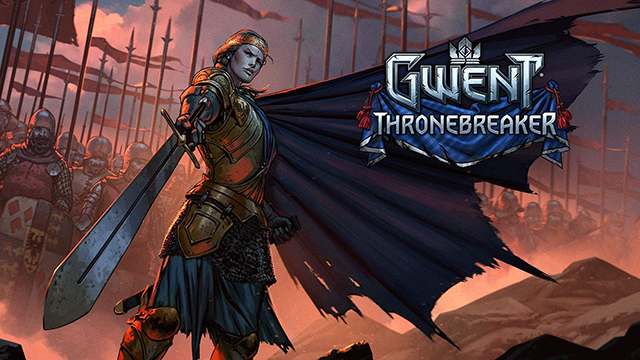
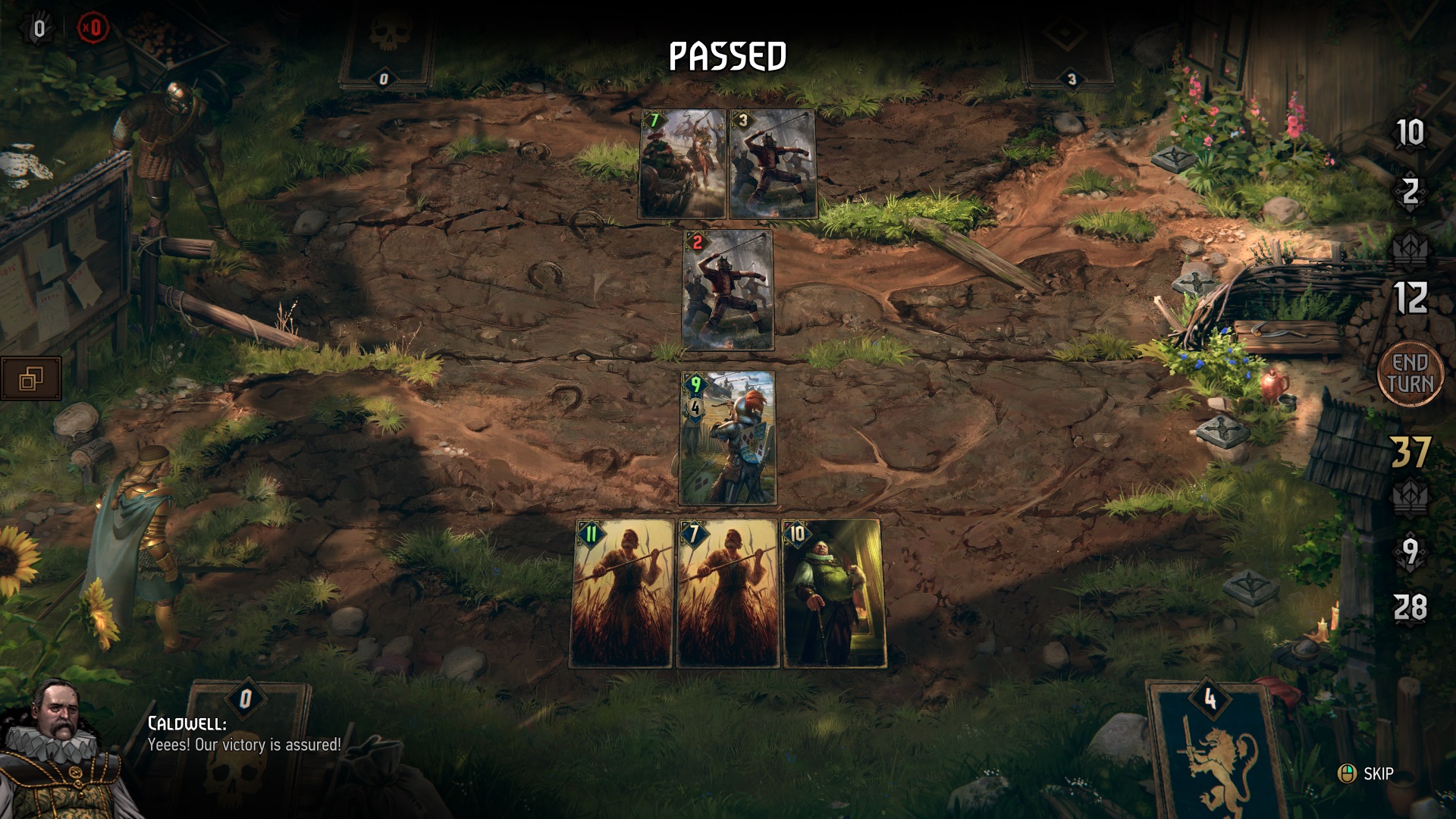
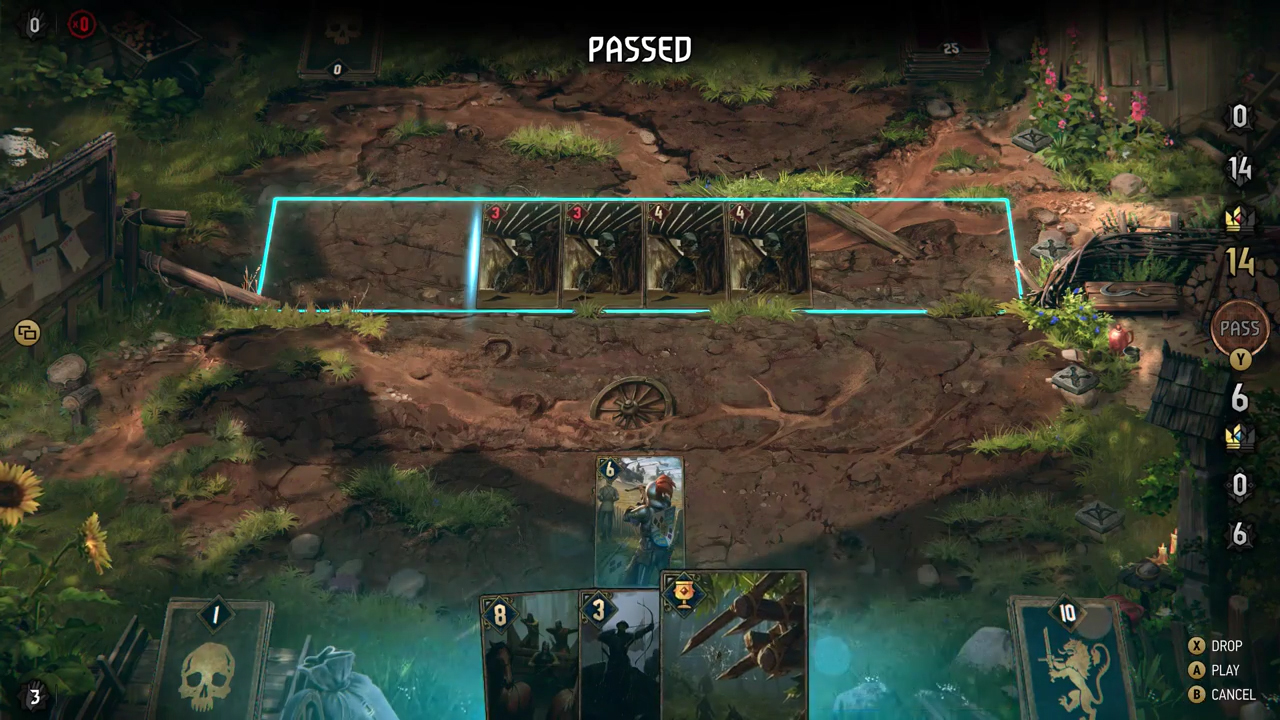
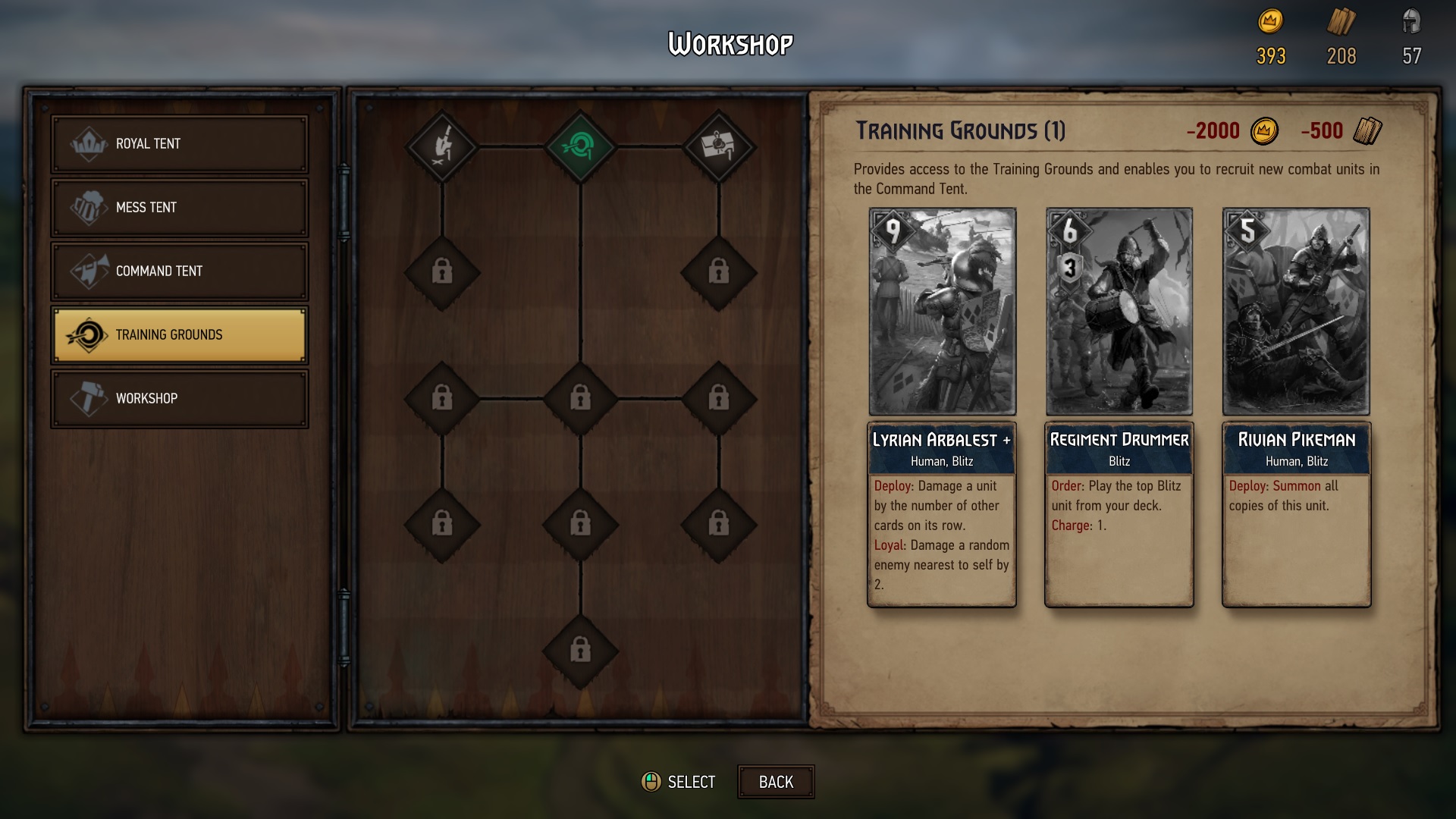
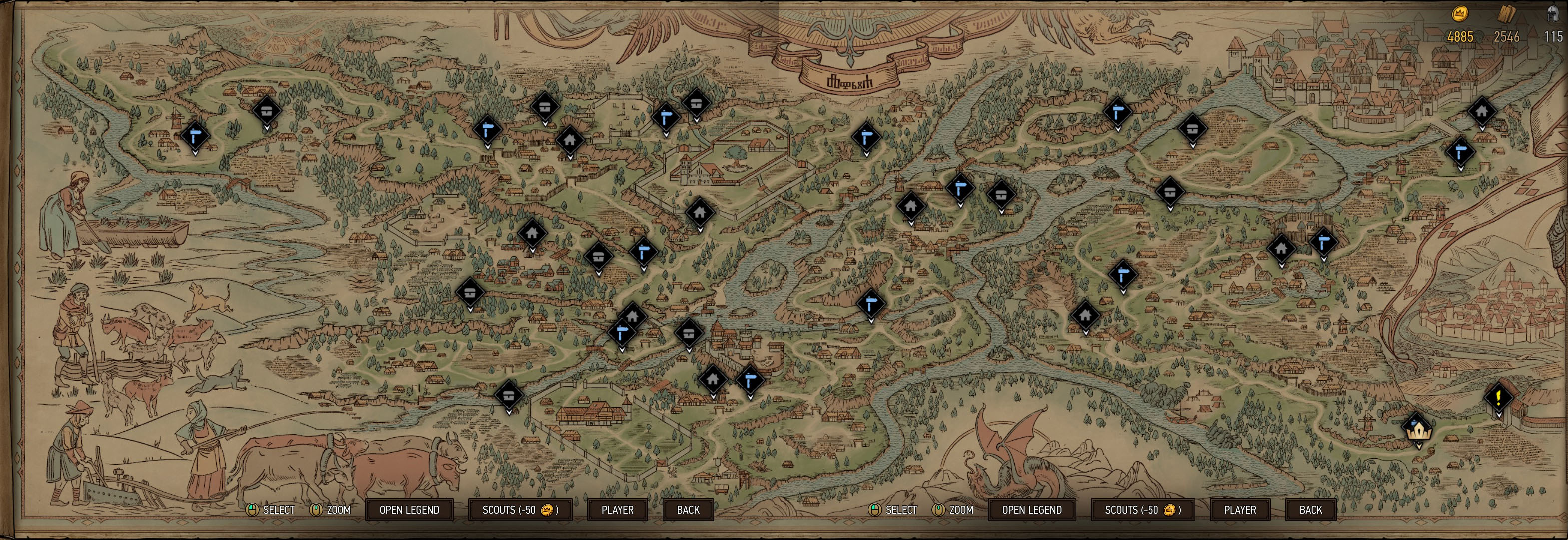
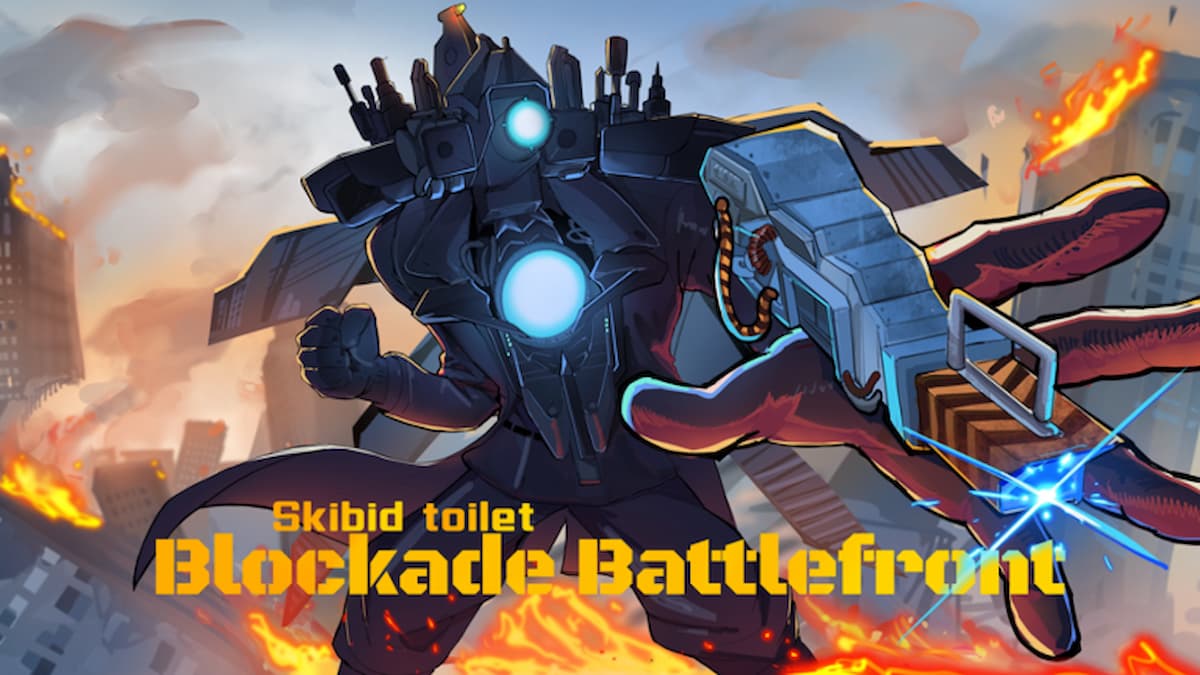

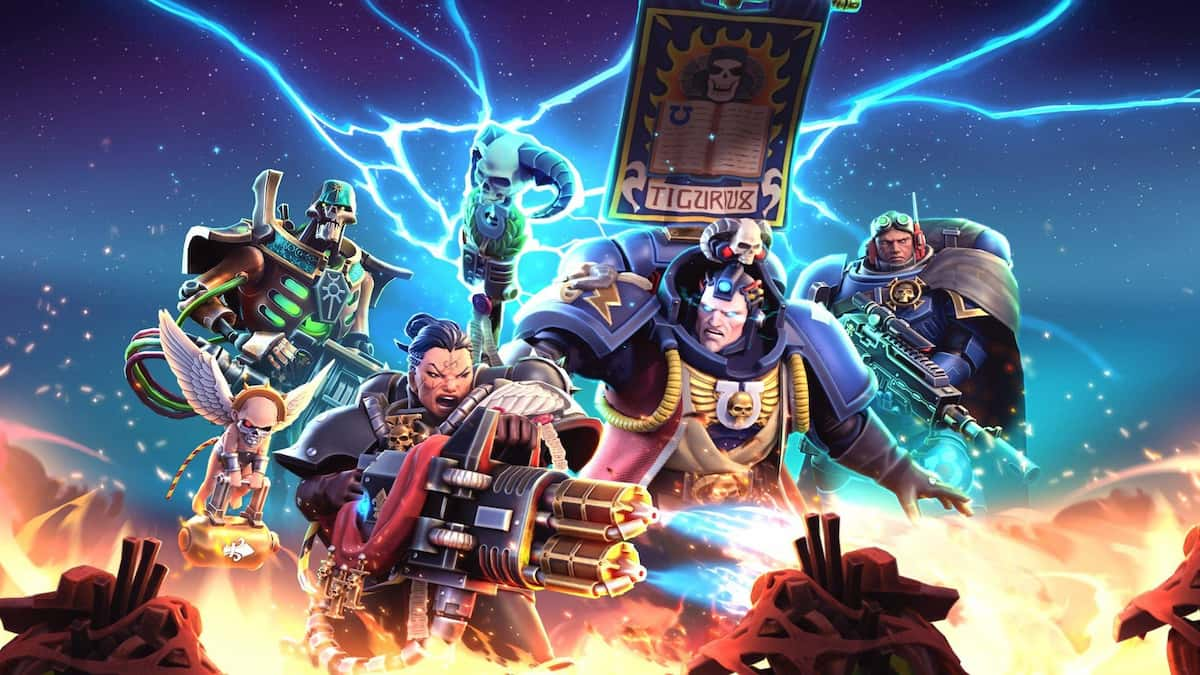
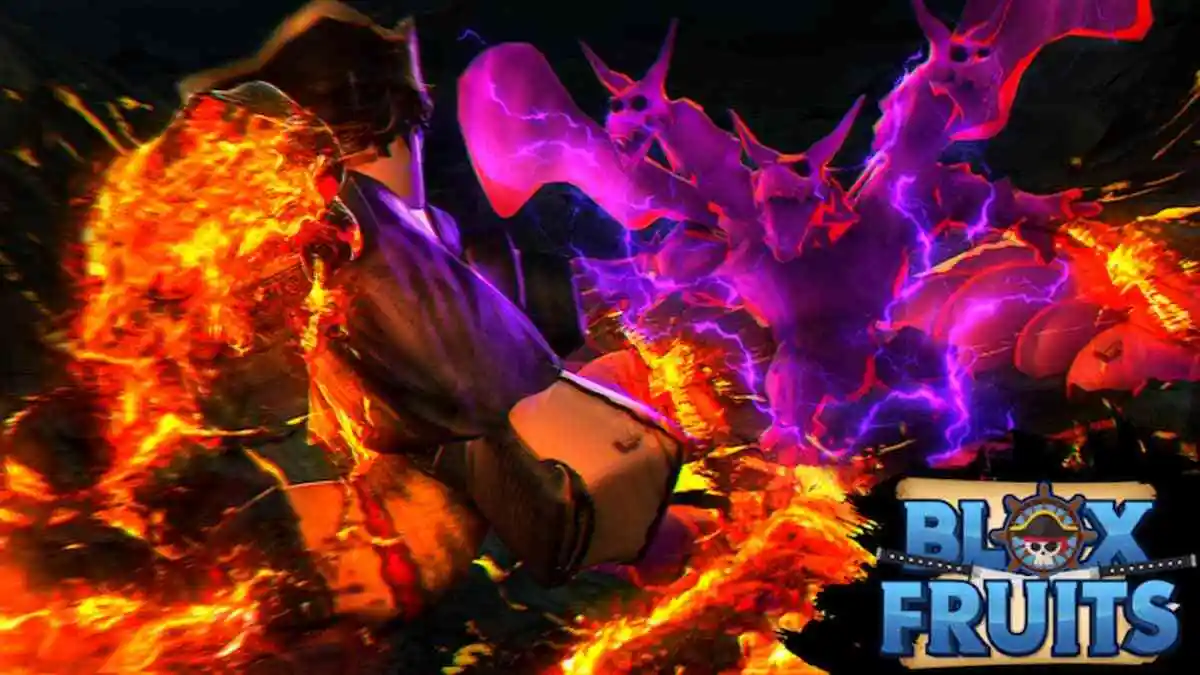

Published: Oct 25, 2018 09:22 am